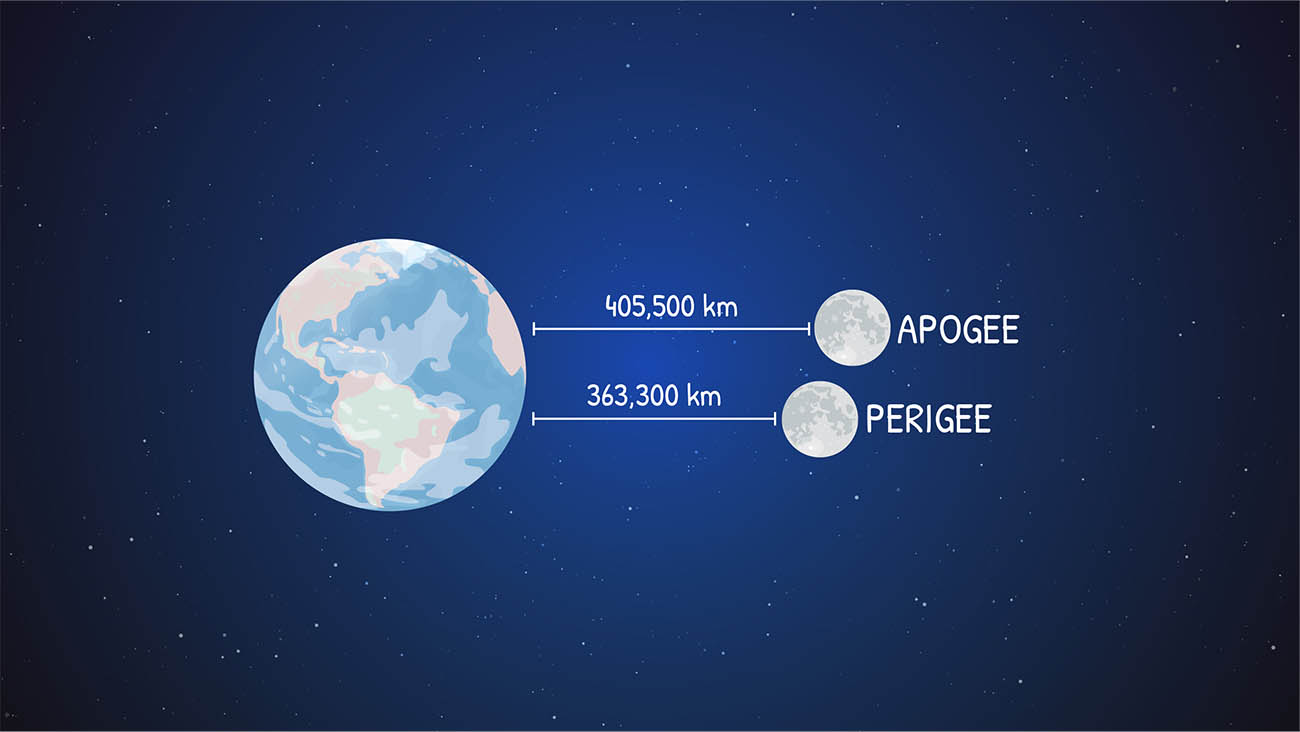A supermoon looks bigger than a “micromoon” (when the full moon is at apogee) because it’s about 40,000 kilometers closer to Earth on average. (NASA/JPL-Caltech)
Home A supermoon looks bigger than a “micromoon” (when the full moon is at apogee) because it’s about 40,000 kilometers closer to Earth on average. (NASA/JPL-Caltech) A supermoon looks bigger than a "micromoon" (when the full moon is at apogee) because it's about 40,000 kilometers closer to Earth on average. (NASA/JPL-Caltech)




